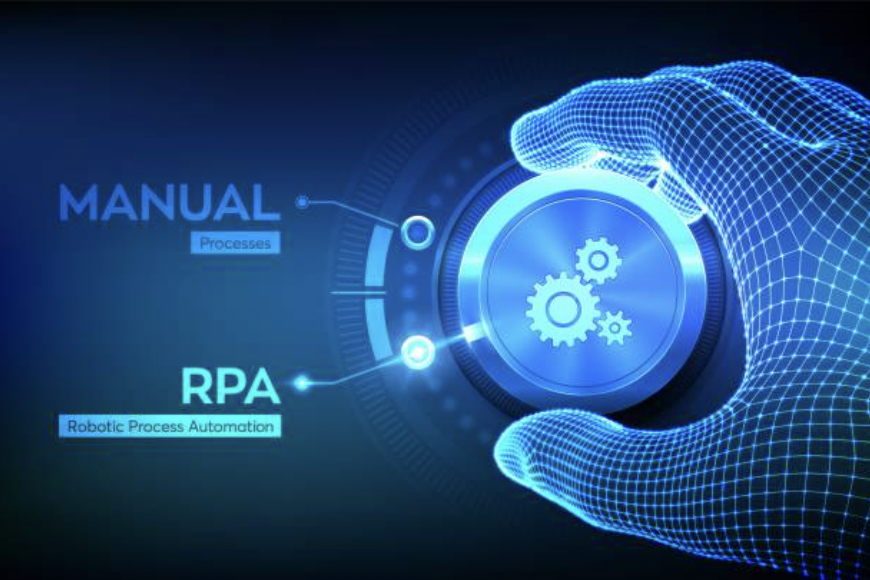Case Study: How a Major Retailer Used RPA to Enhance Customer Experience
In today’s fast-paced retail environment, customer experience is paramount. With the rise of e-commerce and the increasing demands of tech-savvy consumers, retailers are constantly seeking innovative ways to enhance their service offerings. One major retailer has successfully leveraged Robotic Process Automation (RPA) to significantly improve its customer experience. This case study explores the implementation, benefits, and outcomes of their RPA journey.
The Challenge
The retailer faced several challenges that impacted customer satisfaction:
- High Volume of Customer Inquiries: With thousands of daily inquiries across multiple channels, the customer service team struggled to respond promptly.
- Order Processing Delays: Manual order processing was time-consuming, leading to delays and errors.
- Inventory Management Issues: Inaccurate inventory data resulted in stockouts and overstock situations, disappointing customers.
To address these issues, the retailer decided to implement RPA to streamline operations and enhance customer experience.
The Implementation
The retailer partnered with a leading RPA provider to deploy automated solutions across various functions:
- Automated Customer Support: Implementing chatbots and virtual assistants to handle common customer inquiries such as order status, return policies, and product information. These bots were integrated with the retailer’s CRM system to provide accurate and timely responses.
- Order Processing Automation: Automating the entire order processing workflow, from order entry to fulfillment. RPA bots were programmed to extract order details, validate information, and update the system without human intervention.
- Inventory Management Automation: Deploying RPA to monitor inventory levels in real-time, trigger restocking alerts, and update inventory data across all sales channels.
The Benefits
The introduction of RPA brought about several significant benefits:
- Improved Response Times: The automated customer support system drastically reduced response times, with most inquiries being resolved within seconds. This led to higher customer satisfaction and reduced workload for the customer service team.
- Faster Order Processing: Automated order processing reduced the average order fulfillment time from hours to minutes. This not only improved delivery times but also minimized errors and rework.
- Accurate Inventory Data: Real-time inventory updates ensured that customers had access to accurate product availability information, reducing instances of stockouts and overstock situations.
The Outcomes
The implementation of RPA resulted in measurable improvements in the retailer’s operations and customer satisfaction:
- Customer Satisfaction Scores: Customer satisfaction scores increased by 25% within the first three months of RPA implementation.
- Operational Efficiency: The retailer saw a 40% reduction in manual processing tasks, allowing employees to focus on more strategic activities.
- Revenue Growth: Improved customer experience and operational efficiency contributed to a 15% increase in sales.
This case study highlights how a major retailer successfully used RPA to enhance customer experience by automating key processes. The positive outcomes demonstrate the transformative potential of RPA in the retail sector. By addressing common challenges and streamlining operations, RPA enables retailers to meet customer expectations and stay competitive in a dynamic market.
As the retail industry continues to evolve, RPA will play a crucial role in shaping the future of customer experience. Retailers who embrace this technology will be well-positioned to deliver exceptional service and achieve sustained growth.










